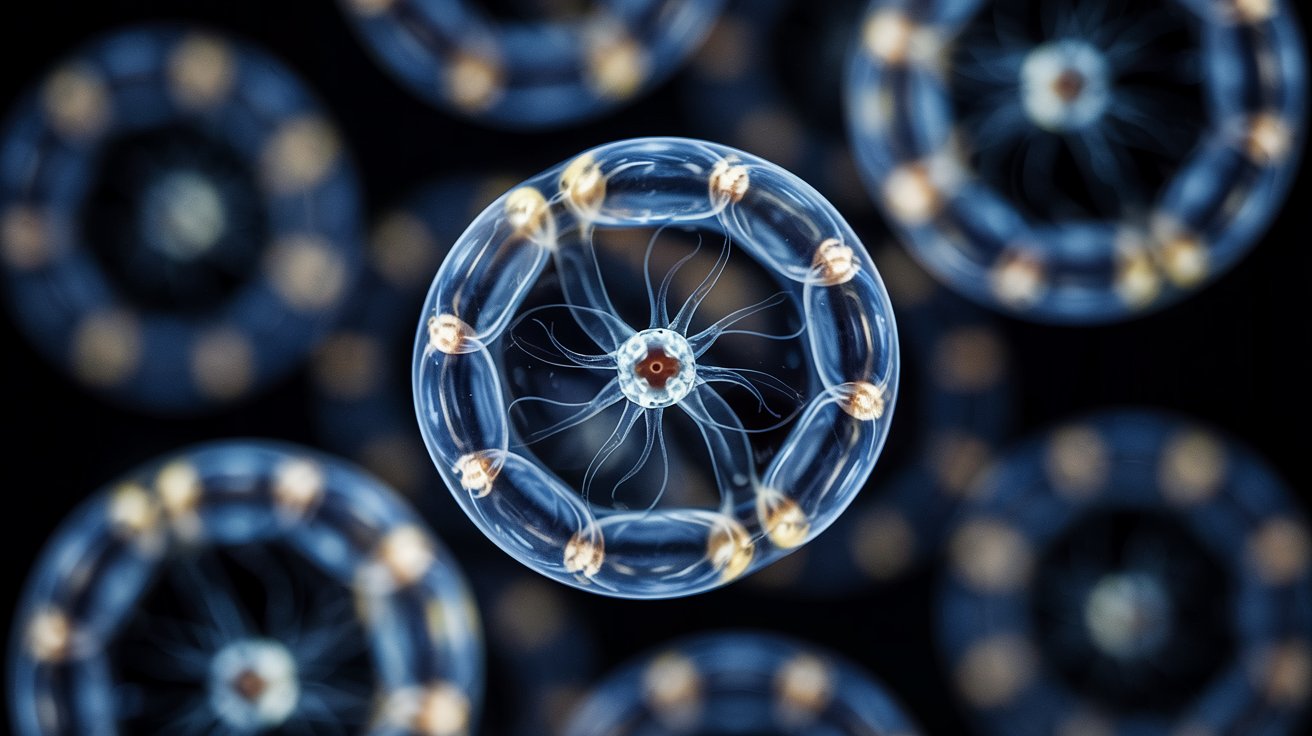
Morphogenesis is the biological process that causes an organism to develop its shape. Ever wondered how a single cell transforms into a complex being? Morphogenesis holds the key. This fascinating process involves cell growth, differentiation, and spatial distribution, all orchestrated to form tissues, organs, and entire organisms. From the branching patterns of trees to the intricate structures of animal organs, morphogenesis is everywhere. Understanding it can shed light on developmental biology, regenerative medicine, and even evolutionary biology. Ready to dive into the world of morphogenesis? Here are 31 intriguing facts that will expand your knowledge and spark curiosity about this essential biological phenomenon.
What is Morphogenesis?
Morphogenesis is the biological process that causes an organism to develop its shape. This fascinating phenomenon is crucial for the formation of tissues, organs, and entire organisms. Let's dive into some intriguing facts about morphogenesis.
-
Morphogenesis comes from the Greek words "morphê" (form) and "genesis" (creation).
-
Cell Differentiation is a key aspect. Cells become specialized to perform specific functions.
-
Embryonic Development relies heavily on morphogenesis. It shapes the embryo into a complex organism.
-
Gene Expression plays a vital role. Specific genes turn on or off to guide development.
-
Cell Migration is essential. Cells move to their destined locations to form tissues and organs.
The Science Behind Morphogenesis
Understanding the science behind morphogenesis can be quite captivating. This process involves various mechanisms and factors that work together to shape living beings.
-
Signaling Pathways guide cells. They communicate through chemical signals to coordinate actions.
-
Morphogens are special molecules. They create gradients that instruct cells on their positions.
-
Apoptosis or programmed cell death is crucial. It removes unnecessary cells to shape structures.
-
Mechanical Forces influence cell behavior. Physical forces help cells to align and form structures.
-
Extracellular Matrix (ECM) provides support. It’s a network of proteins and molecules outside cells.
Examples of Morphogenesis in Nature
Morphogenesis is not just a scientific concept; it’s observable in nature. Here are some examples that illustrate this process in action.
-
Flower Formation in plants. Morphogenesis shapes petals, sepals, and other parts.
-
Limb Development in animals. It’s responsible for forming arms, legs, wings, and fins.
-
Feather Patterning in birds. Morphogenesis determines the intricate designs on feathers.
-
Insect Metamorphosis. It transforms larvae into adult forms, like caterpillars into butterflies.
-
Coral Reef Formation. Coral polyps use morphogenesis to build complex structures.
Genetic and Environmental Influences
Both genetic and environmental factors influence morphogenesis. These elements interact to ensure proper development.
-
Genetic Mutations can disrupt morphogenesis. Changes in DNA can lead to developmental disorders.
-
Environmental Factors like temperature and nutrition affect development. They can alter gene expression.
-
Epigenetics involves changes in gene activity without altering DNA. It’s influenced by environmental factors.
-
Hormones regulate morphogenesis. These chemical messengers control growth and development.
-
Stress Responses can impact development. Organisms adapt their growth in response to stress.
Technological Advances in Studying Morphogenesis
Modern technology has revolutionized the study of morphogenesis. These advancements provide deeper insights into this complex process.
-
Imaging Techniques like MRI and CT scans. They allow scientists to visualize internal structures.
-
Genetic Engineering enables precise manipulation of genes. It helps in understanding gene functions.
-
CRISPR-Cas9 is a powerful tool. It allows for targeted gene editing to study developmental processes.
-
Computational Models simulate morphogenesis. They help predict how cells and tissues will develop.
-
Single-Cell Sequencing reveals gene activity in individual cells. It provides detailed insights into cell differentiation.
Fascinating Facts About Morphogenesis
Here are some more captivating facts that highlight the wonders of morphogenesis.
-
Regeneration in animals. Some species can regrow lost body parts through morphogenesis.
-
Stem Cells are pivotal. They have the potential to become any cell type.
-
Planarian Flatworms can regenerate their entire body from a small fragment.
-
Zebrafish are model organisms. Their transparent embryos make them ideal for studying development.
-
Organoids are mini-organs grown in labs. They mimic real organs and are used for research.
-
Bioengineering uses principles of morphogenesis. It aims to create artificial tissues and organs for medical use.
The Fascinating World of Morphogenesis
Morphogenesis is a mind-blowing process shaping the form and structure of living organisms. From the intricate patterns on a butterfly's wings to the complex architecture of the human brain, this biological phenomenon is nothing short of amazing. Scientists continue to uncover new details, revealing just how intricate and precise these developmental processes are.
Understanding morphogenesis not only helps us appreciate the beauty of nature but also opens doors to medical advancements. By studying how cells organize and differentiate, researchers can develop better treatments for diseases and even explore regenerative medicine.
So next time you marvel at the natural world, remember the incredible science behind it. Morphogenesis is a testament to the complexity and wonder of life itself. Keep curious, and who knows what other secrets nature holds waiting to be discovered?
Was this page helpful?
Our commitment to delivering trustworthy and engaging content is at the heart of what we do. Each fact on our site is contributed by real users like you, bringing a wealth of diverse insights and information. To ensure the highest standards of accuracy and reliability, our dedicated editors meticulously review each submission. This process guarantees that the facts we share are not only fascinating but also credible. Trust in our commitment to quality and authenticity as you explore and learn with us.
